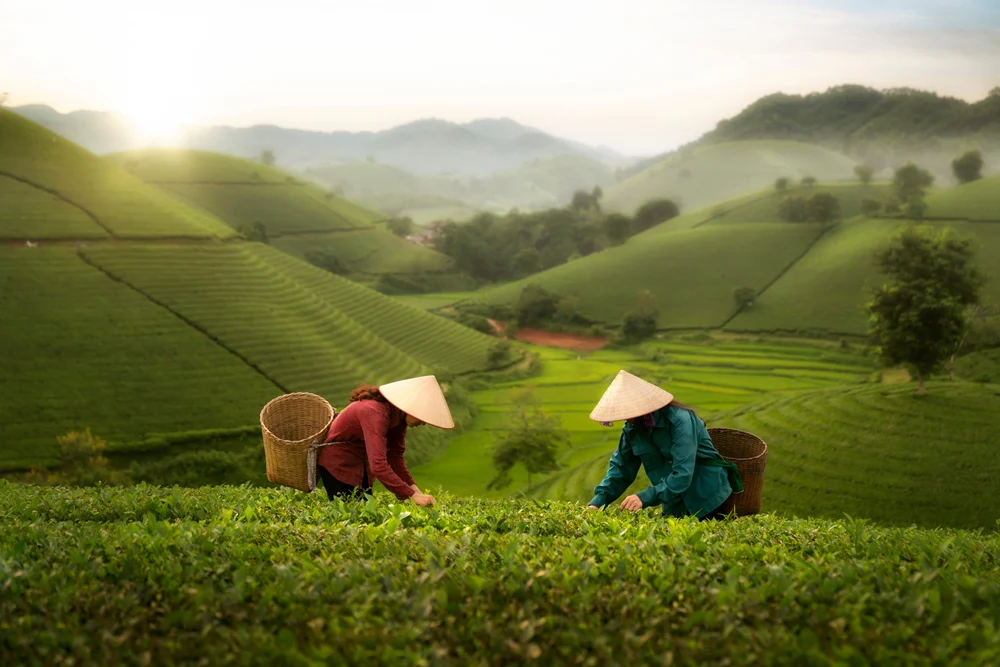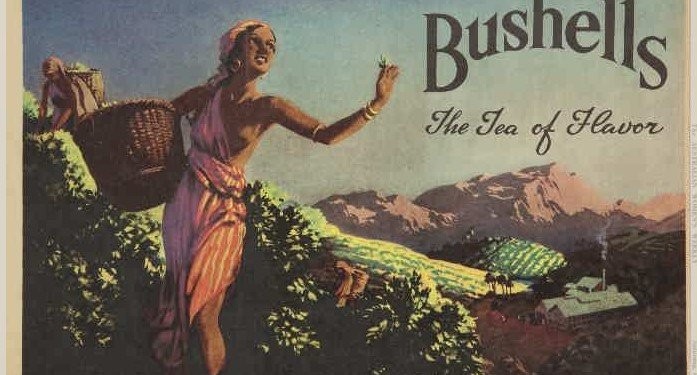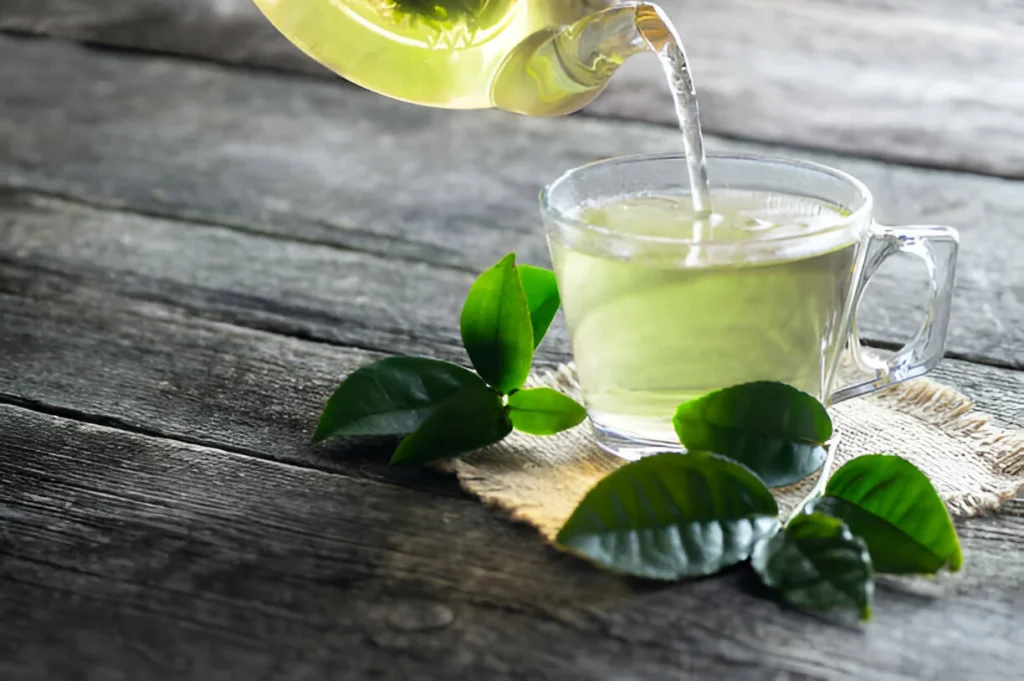Tea auctions were the birthplace of the global tea trade. From Sri Lanka’s Colombo to Kenya’s Mombasa, these hubs weren’t just about sales—they defined the flavors and standards we cherish today. These auctions were more than mere marketplaces; they served as arenas where the quality, flavor, and authenticity of tea were debated, refined, and ultimately codified into industry standards. This essay explores the history, significance, and enduring impact of tea auctions on the global tea trade, emphasizing their cultural and economic importance.
The history of tea auctions can be traced back to the colonial era when tea emerged as a commodity with vast commercial potential. In Sri Lanka, tea auctions in Colombo were established in the late 19th century, becoming central to the country’s tea economy. Similarly, the Mombasa tea auction, established in the mid-20th century, became a linchpin for East African tea producers. These auctions provided a structured system for pricing, ensuring fair competition among buyers and sellers. They also introduced transparency and accountability, as tea lots were evaluated for their quality and taste profiles before being sold. Over time, the practices and standards established in these auctions shaped the global perception of tea as both an art and a science.
The role of tea auctions extended beyond commerce; they were instrumental in setting benchmarks for quality and consistency. Each tea-producing region developed its unique identity through the auction process, highlighting the diversity of flavors that could be achieved based on climate, soil, and processing methods. For example, Sri Lanka’s auctions championed the delicate and citrusy notes of Ceylon tea, while Kenya’s auctions showcased the bold and robust characteristics of East African varieties. This process not only ensured that buyers received consistent quality but also helped establish regional reputations that persist today.
Moreover, tea auctions played a critical role in fostering international trade. They became global meeting points for exporters, brokers, and buyers from diverse markets, creating networks that facilitated the seamless flow of tea across continents. This international presence helped smaller producers gain access to global markets and compete alongside established players, democratizing the tea trade to an extent. For developing countries like Kenya and Sri Lanka, these auctions were not just economic activities but vital components of national development, contributing significantly to GDP and employment.
In the modern era, the importance of tea auctions has evolved. While digital platforms and direct trade models have emerged, auctions remain a cornerstone of the tea industry. They continue to ensure price discovery, maintain quality standards, and provide a transparent platform for transactions. Beyond economics, they serve as cultural landmarks, preserving the rich heritage of tea production and trade. The protocols and traditions observed during auctions reflect the deep respect and care that the tea industry has for its craft.
In conclusion, tea auctions have been and continue to be pivotal in shaping the global tea trade. They are not merely venues for buying and selling but are the crucibles where standards are forged, reputations are built, and global connections are formed. From Colombo to Mombasa, these hubs have left an indelible mark on the tea industry, influencing the flavors and standards that tea lovers worldwide cherish. As the industry navigates the future, the legacy of tea auctions reminds us of the enduring value of tradition, quality, and collaboration in an increasingly globalized world.






